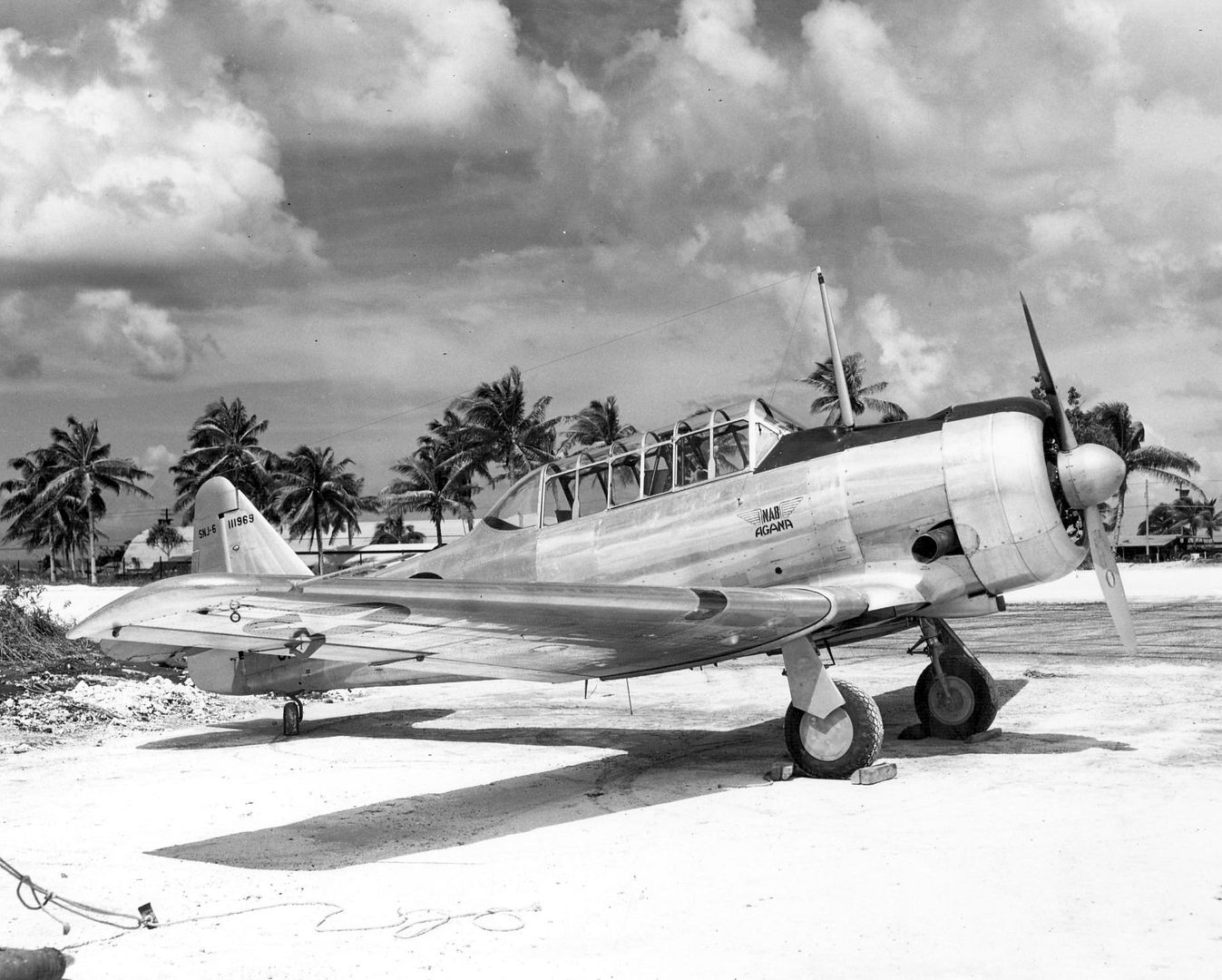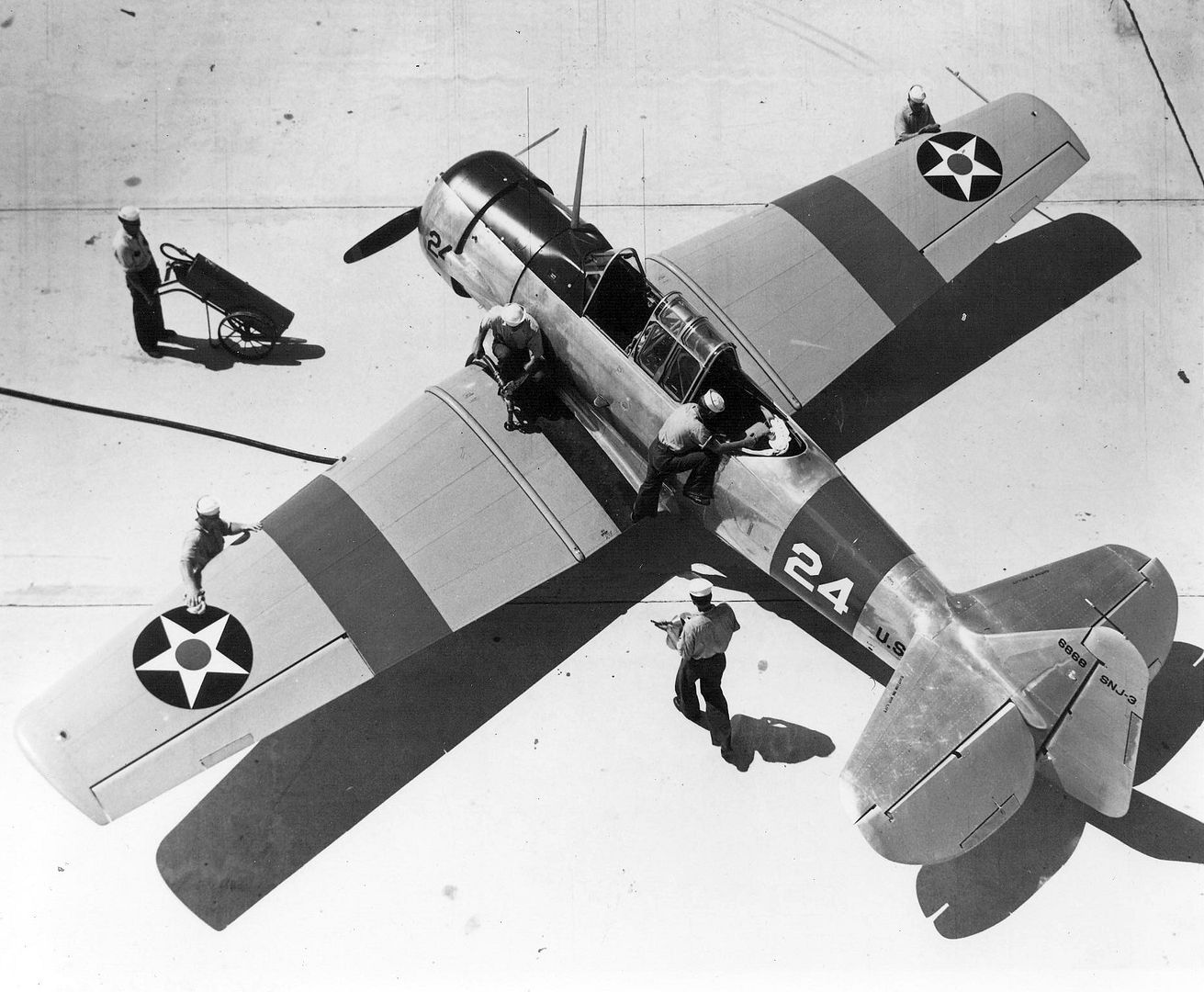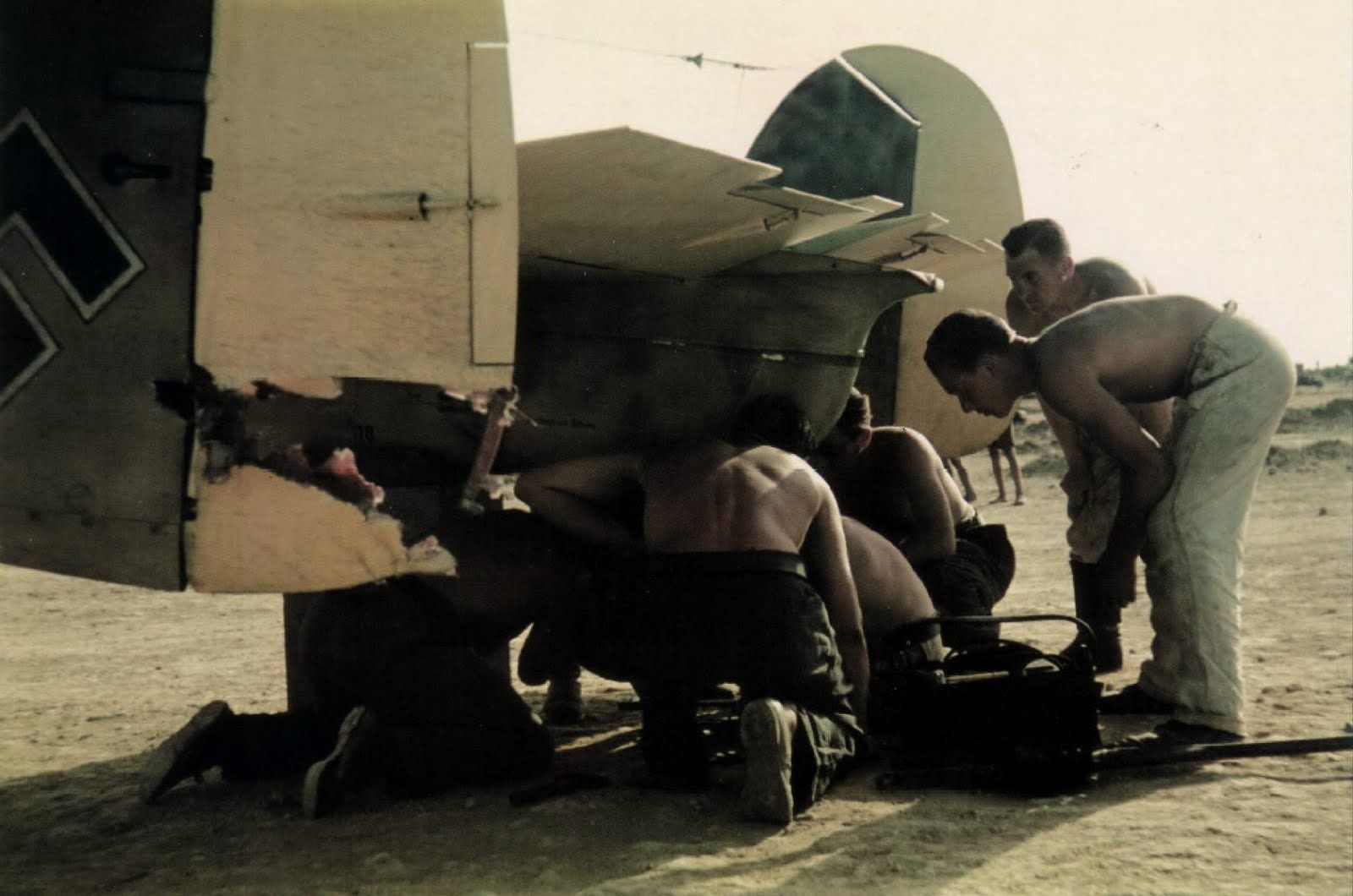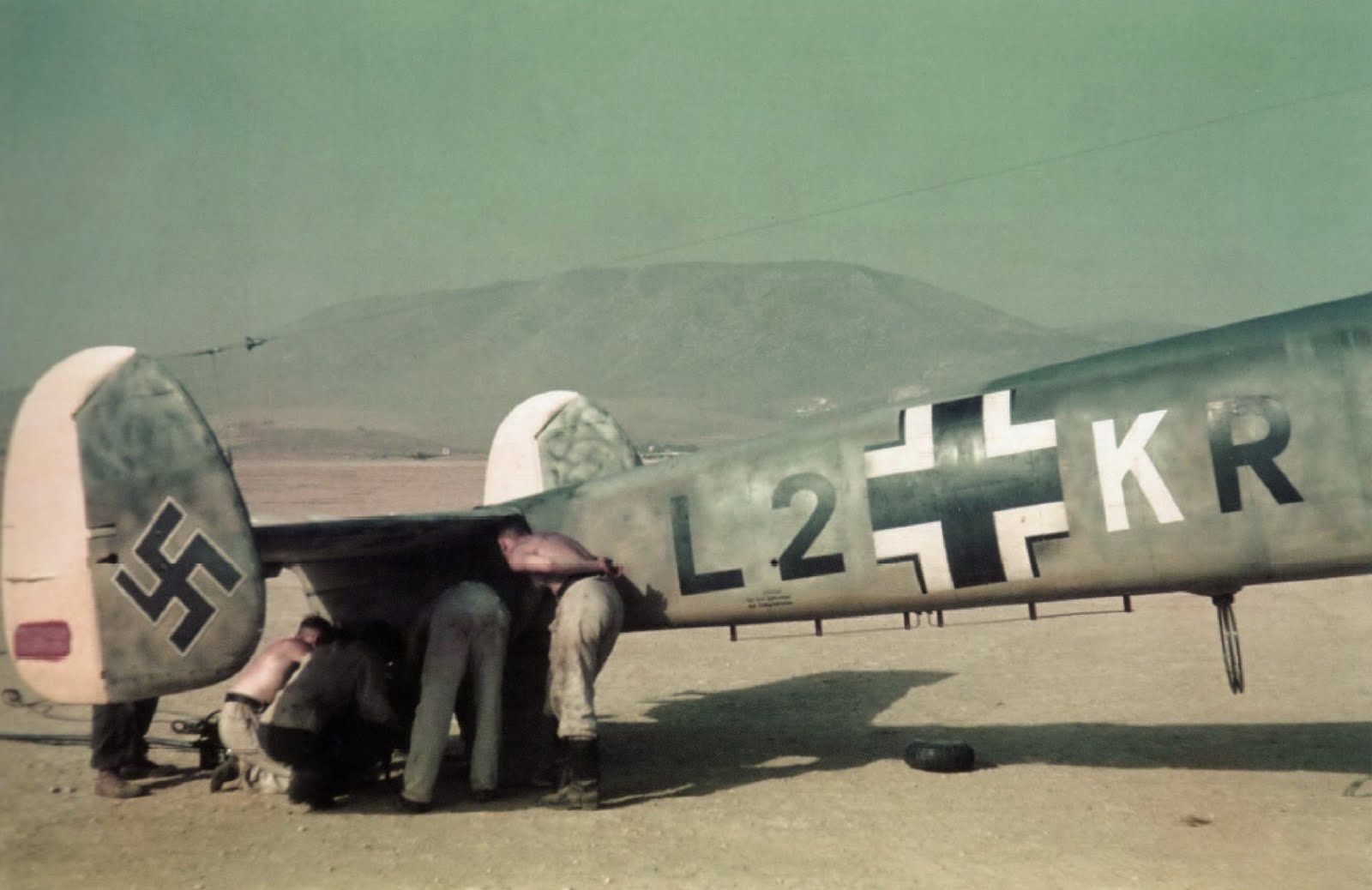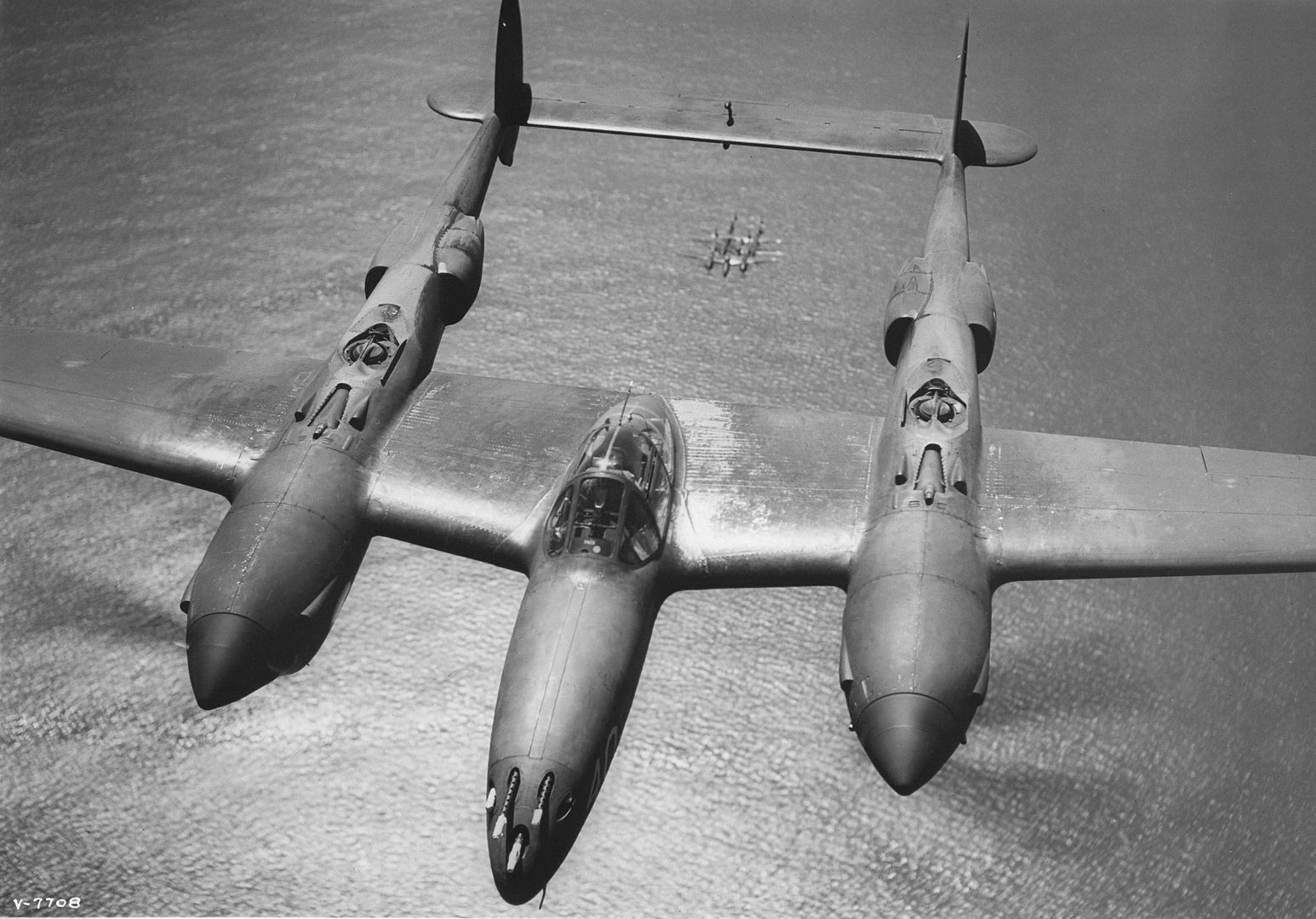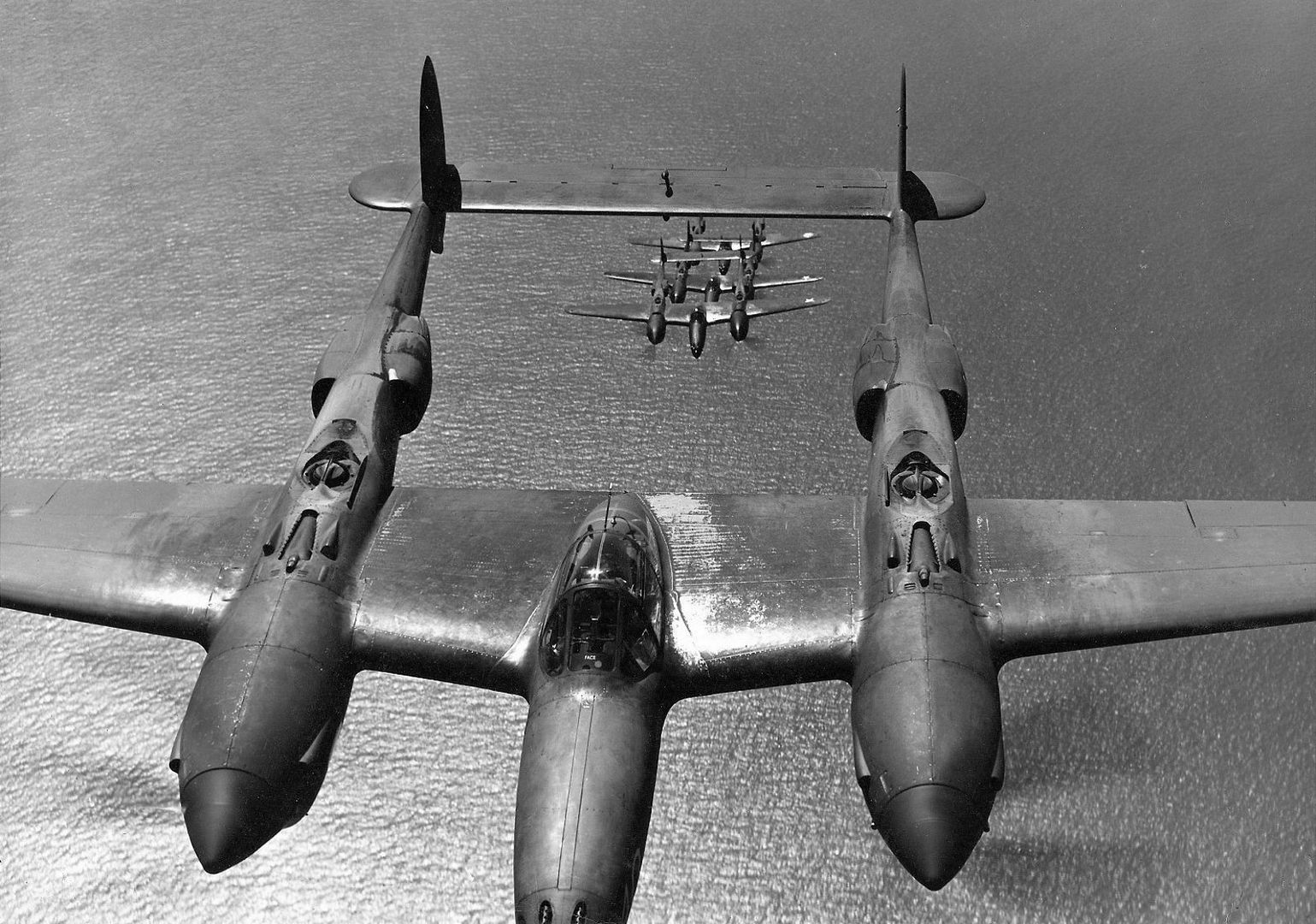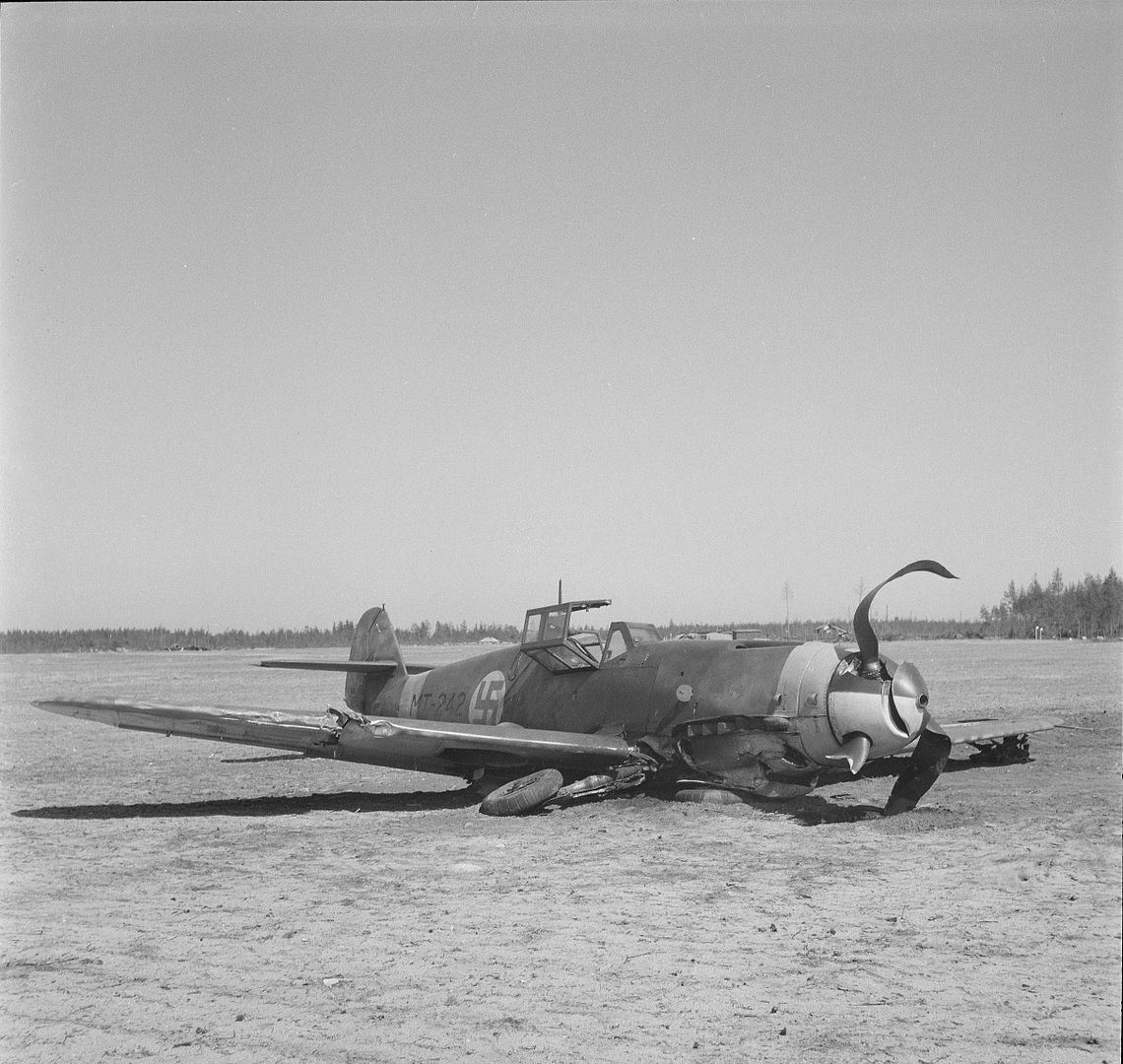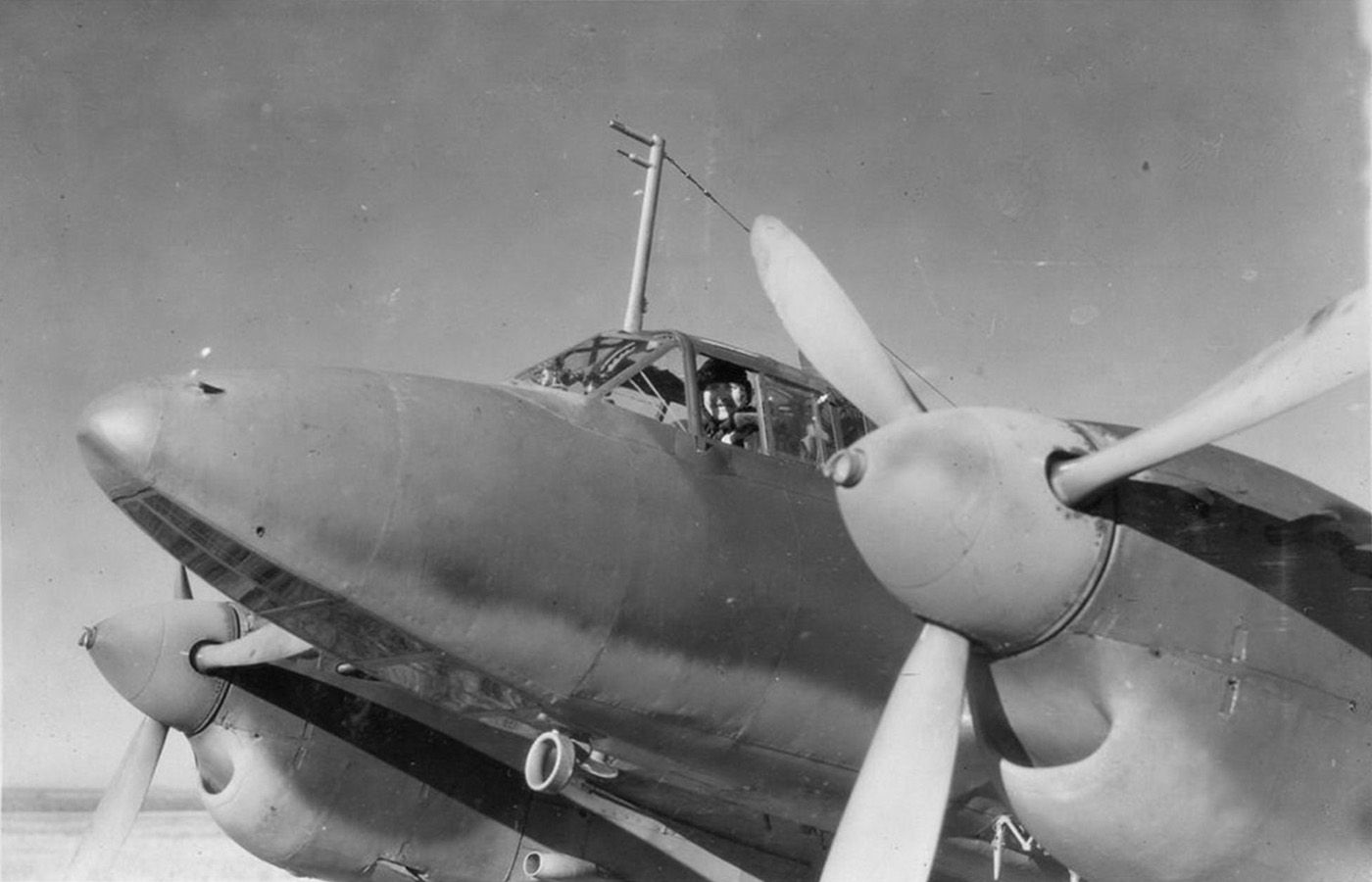Forums
- Forums
- Axis And Allies Forum
- General Discussion
- Photo of the week
Photo of the week
Post a reply
- Go to Next topic
- Go to Welcome
- Go to Introduce Yourself
- Go to General Discussion
- Go to Screenshots, Images and Videos
- Go to Off topic
- Go to Works in Progress
- Go to Skinning Tips / Tutorials
- Go to Skin Requests
- Go to IJAAF Library
- Go to Luftwaffe Library
- Go to RAF Library
- Go to USAAF / USN Library
- Go to Misc Library
- Go to The Ops Room
- Go to Made in Germany
- Go to Campaigns and Missions
- Go to Works in Progress
- Go to Juri's Air-Raid Shelter
- Go to Campaigns and Missions
- Go to Works in Progress
- Go to Skinpacks
- Go to External Projects Discussion
- Go to Books & Resources
-
10 years ago
 Main Admin
Main Admin -
10 years agoWed Oct 28 2015, 12:07am
 Main AdminMid week bonus
Main AdminMid week bonus
Four this week of the first Allied bomber to 100 missions.
"Mild & Bitter" Which in the UK is a drink consisting of a mixture of mild and bitter beers.
She was the first Allied bomber in the European Theater of Operations to complete 100 operational missions. This was accomplished by Mild and Bitter on an afternoon raid on a Nazi airfield at Evreux/Fauville, southwest of Rouen, France, on 9 May 1944. She was a B-26B-25, Serial Number 41-31819, of the 450th Squadron in the 322nd Bomb Group (M) of the 9th Air Force and had flown her first mission on 23 July 1943. She did all this on her original engines, amassing a total of 449 hours and 30 minutes on them, 310 hours and 40 minutes of that in combat! During this time she never aborted due to mechanical failure, and not one of her many crewmen was a casualty. She was taken off operations after her 100th mission and flown back to the States to conduct War Bond selling tours.
Below taken air to air on her 50th mission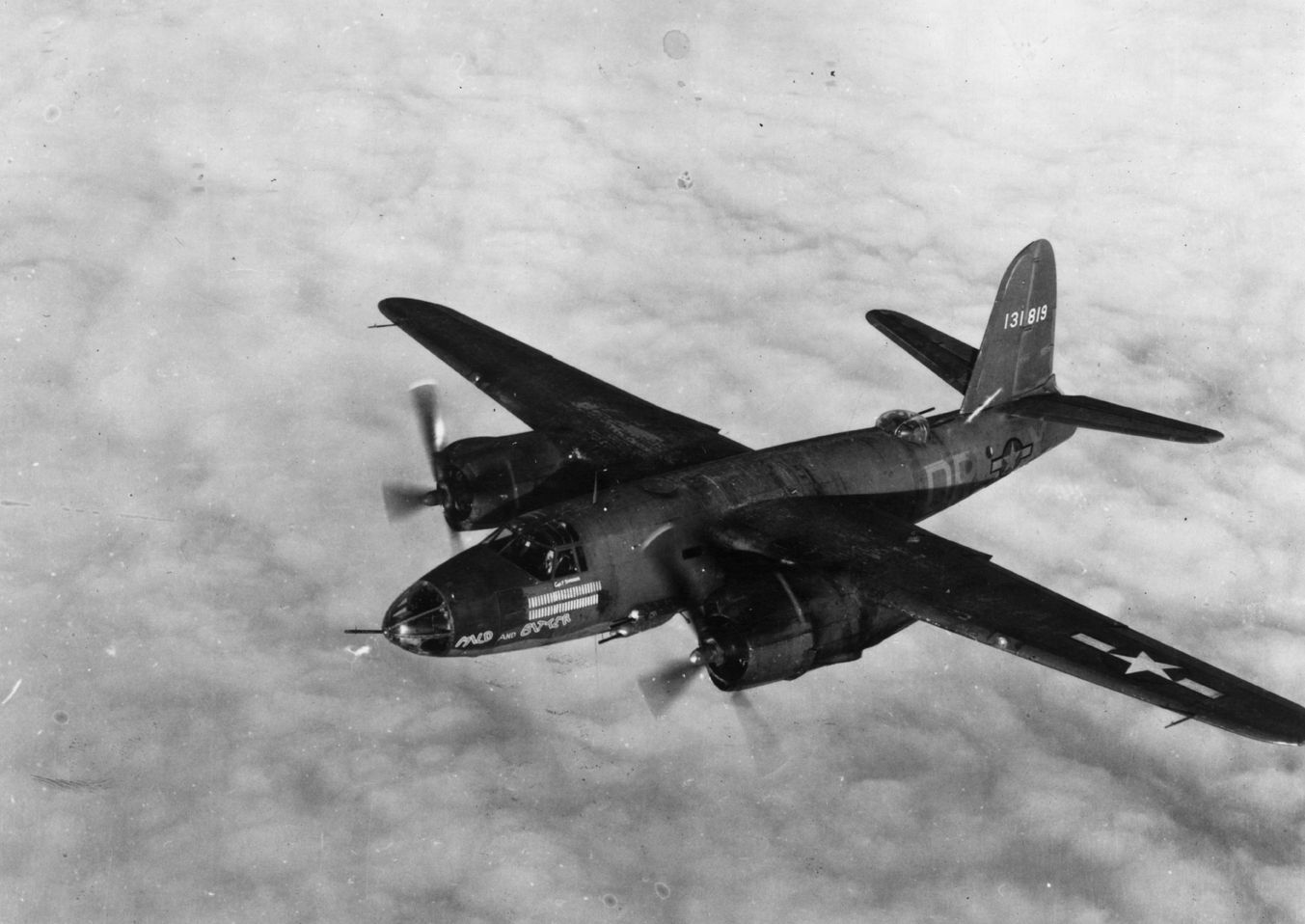
And below some close up's of her nose art after the personnel had signed her before retuning to the US.
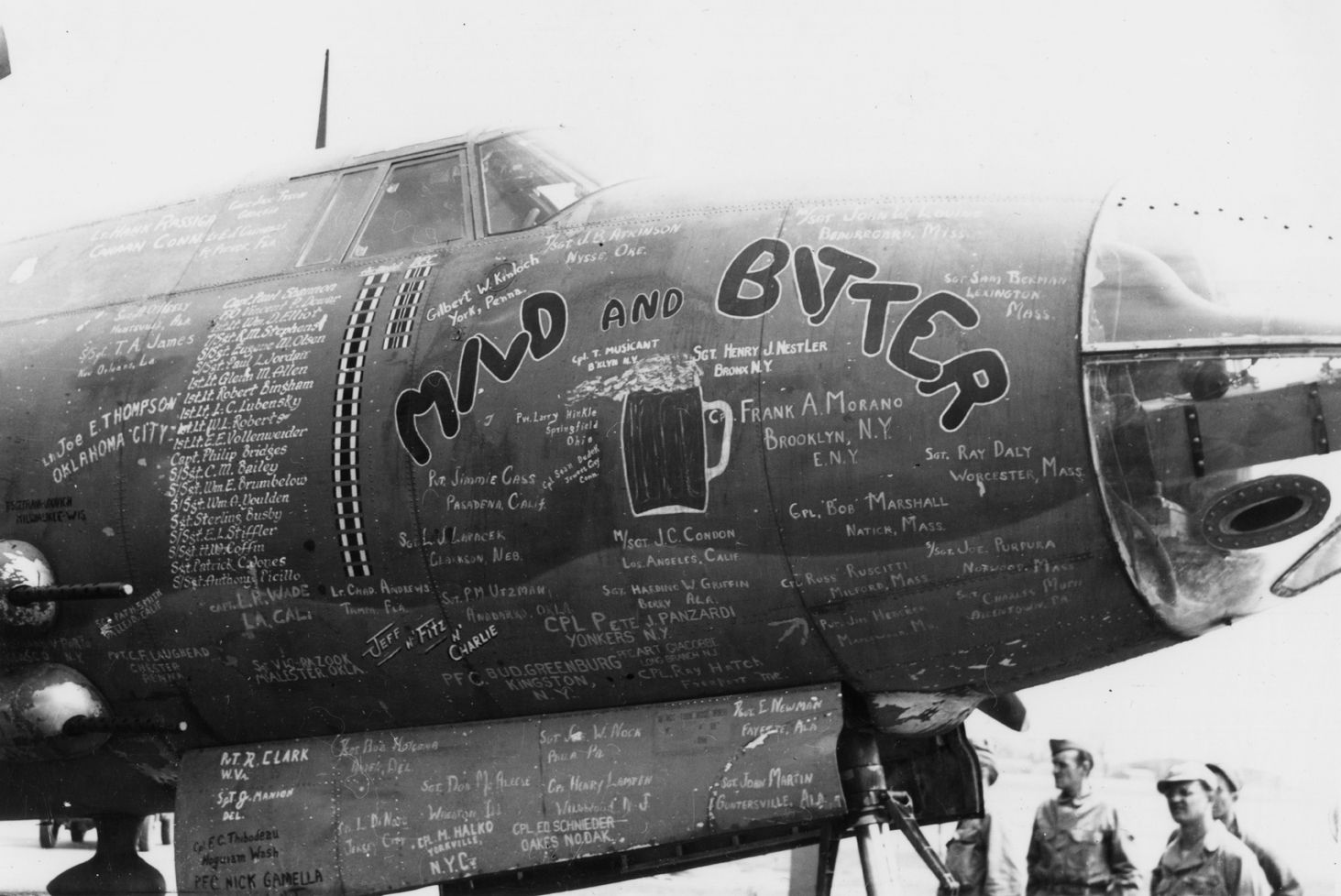
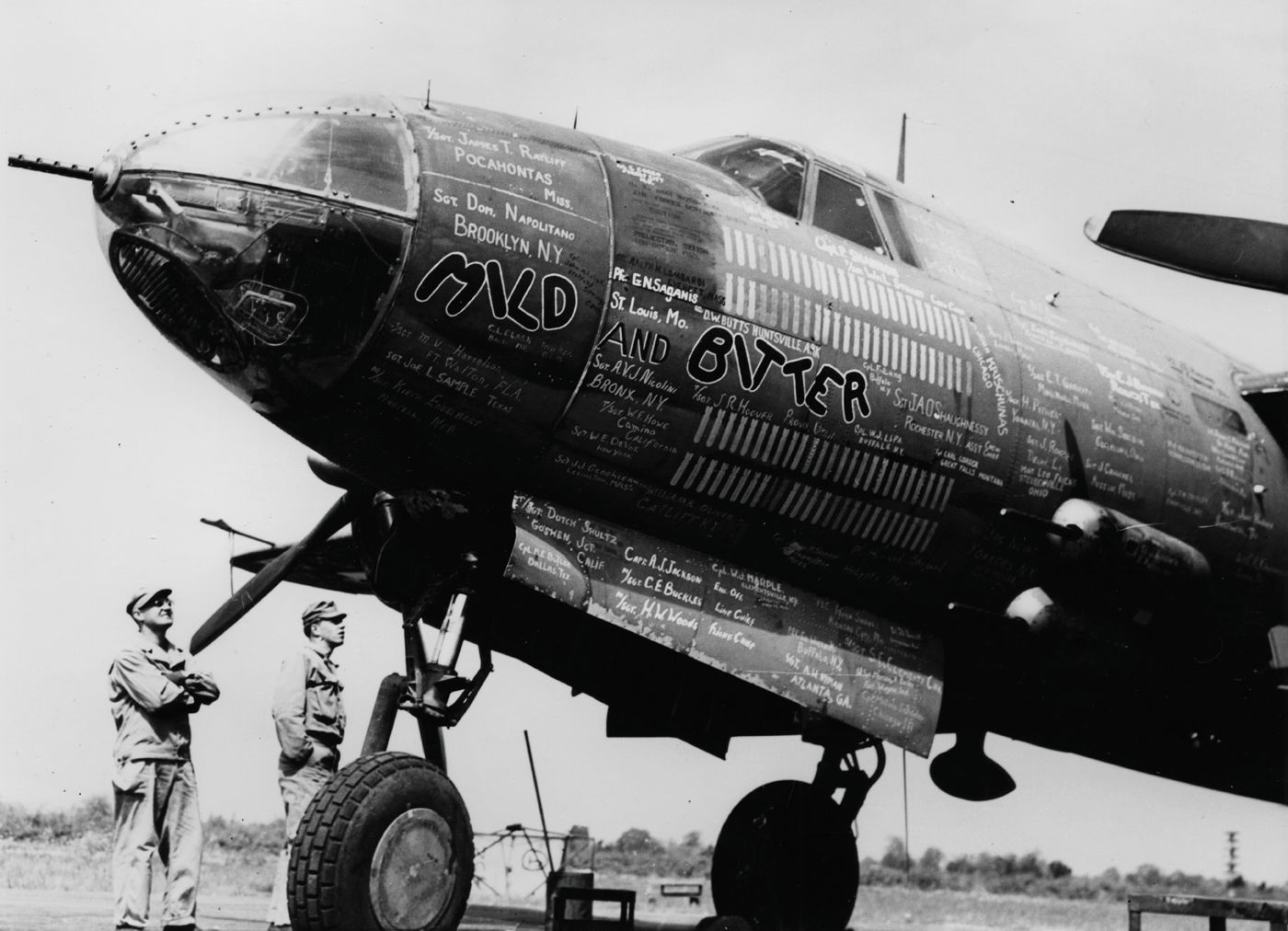
Regards Duggy
-
10 years ago
 Main AdminTwo this week
Main AdminTwo this week
Text from The Warplanes of the Third Reich, by William Green.
The best foreign customer for the Ju 86 was, however, destined to be Hungary. The Hungarian Government opted for a variant of the Junkers bomber powered by a Manfred Weiss-built Gnome-Rhone 14K Mistral-Major 14-cylinder air-cooled radial engine, as standard equipment for the planned two-regiment bombing component of the still-clandestine air-arm, the Magyar Kiralyi Legiero, and in 1936 had placed an initial contract for 24 Ju 86K-2s, although successive contracts were to raise to 66 the total number of bombers of this type.
Some delay in the delivery of the Ju 86K-2 to the Legiero was the direct result of the inability of Manfred Weiss's Budapest plant to meet the schedule output of Gnome-Rhone 14K engines, and the first bombers did not reach Hungary until the early months of 1938, but during the course of the summer large-scale conversion began. Supplementary contracts enabled the entire 3rd Bomber Regiment (3.Bombazo Ezred) at Tapolca and the 2nd Group (3./II Bombazo Osztaly) at Papa, the former group possessing three nine-aircraft squadrons (3/1, 3/2 and 3/3 Szazad) and the latter two squadrons (3/4 and 3/5 Szazad) with similar statutory strengths. In addition, one squadron (2/3 Szazad) of the 2nd Bomber Regiment (2.Bombazo Ezred) was equipped with the Ju 86K-2, together with one flight of each of the other two squadrons (2/4 and 2/5 Szazad) of the Regiment's 2nd Group, these being based at Szombathely.
In March 1939, shortly after the German occupation of Bohemia and Moravia, dissolving the Czechoslovak Republic, and the establishment of Slovakia as an independent republic, Hungarian forces occupied the Slovakian territory of Carpatho-Ruthenia. During the course of the brief conflict a force of 18 Ju 86K-2s from the 3/3, 3/4 and 3/5 squadrons performed bombing missions from Debrecen against the Slovakian airfield at Iglo and Slovakian defensive positions in the vicinity of the Perecsen Valley. During the course of the following summer the 2/4 squadron was reorganised as the 1st Bomber Combat Proficiency Squadron (1.Bombazo Harckikepzo Szazad) with a mixture of Ju 86K-2s and Fw 58s, and in the autumn the 2nd Bomber Regiment was disbanded. At the same time a 4th Bomber Regiment was created, the Ju 86K-equipped former 3/3 Squadron and a new Ju 86K squadron formed on aircraft drawn from the disbanded 2nd Bomber Regiment becoming the 2nd Group (4./II Bombazo Osztaly) of the new regiment at Veszprem (4/3 and 4/4 Szazad), the 1st Group (4./I Bombazo Osztaly) being formed by redesignating the remaining squadrons (3/1 and 3/2 Szazad) of the 3rd Regiment's 1st Group which became 4/1 and 4/2 Szazad). Thus, the Legiero possessed, after reorganisation, three two-squadron groups (3./II, 4./I and 4./II)equipped with Ju 86K-2s.
The Ju 86K-2 units did not participate in the limited air war that followed the Hungarian attack on Yugoslavia in concert with German forces on April 6, 1941, and two months later, on June 1, the 3./II Bombazo Osztaly was disbanded owing to the steady attrition suffered by the Ju 86K-2s and the need to bring the two groups of the 4th Regiment equipped with this now-ageing bomber up to full strength. Thus, when Hungary declared war on the Soviet Union on June 27, 1941, the Legiero possessed only two two-squadron bomber groups still operating the Junkers bomber, 4/I and 4./II both based at Debrecen With the commencement of hostilities the 4th Regiment formed a mixed independent squadron (4/O Onallo Szazad) with six Ju 86K-2s and six Caproni Ca 135bis bombers, this being flown over the Carpathians with the Air Force Brigade (Repulo Dandar) for the support of the operations of the Hungarian Fast Corps in the Soviet Union, but the days of the Ju 86K-2s in operational service were now numbered, and in 1942 the type was withdrawn from first-line service although it lingered in service with the 4./I and 4./II groups for crew training tasks.
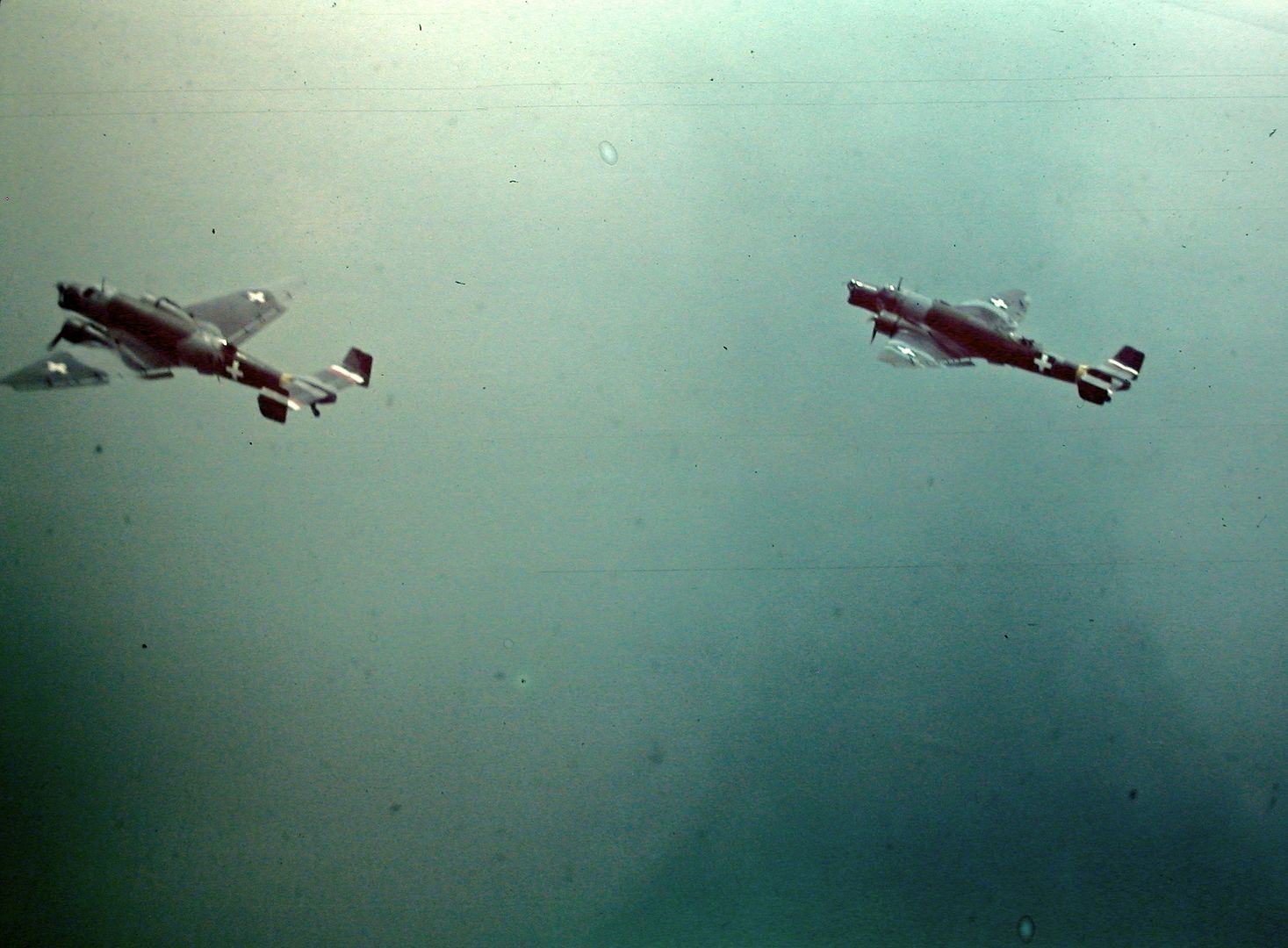
-
10 years ago
 Main Admin
Main Admin -
10 years ago
 Main Admin
Main Admin -
10 years ago
 Main AdminOne this week
Main AdminOne this week
Beaufighter Mk V prototype, R2274, at the Aeroplane and Armament Experimental Establishment, Boscombe Down, Wiltshire. R2274 was one of two Beaufighter Mark IIFs which were converted to Mark Vs by having their conventional armament supplanted by a Boulton-Paul turret mounting four .303 machine guns. It was tested operationally by the Fighter Interception Unit and No. 406 Squadron RCAF, but the turret installation drastically reduced performance and further development was abandoned.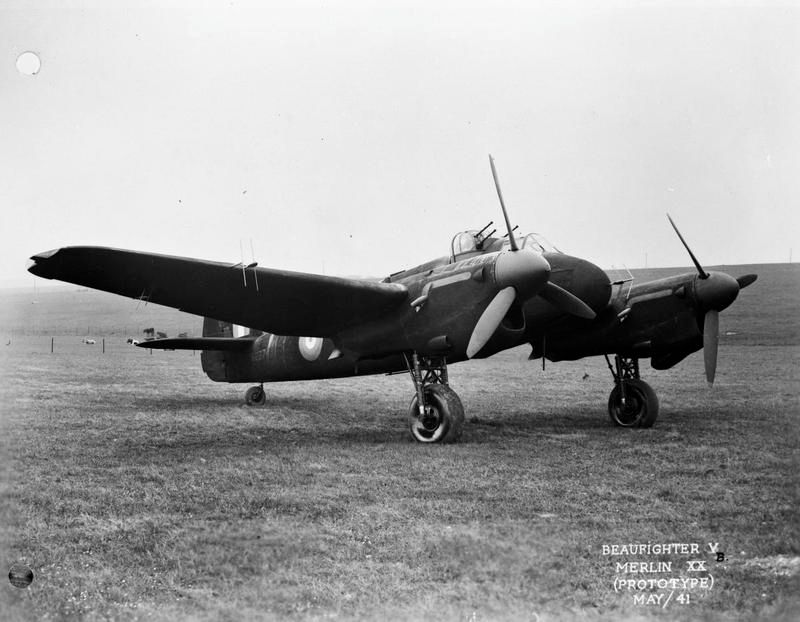
-
10 years ago
 Main AdminWeekend bonus.
Main AdminWeekend bonus.
The A-3 lifeboat was an airborne lifeboat developed by the EDO Corporation in 1947 for the United States Air Force (USAF) as a successor to the Higgins Industries A-1 lifeboat. The A-3 lifeboat was a key element of "Dumbo" rescue flights of the 1950s.
EDO built the lifeboat of aluminum alloy to be carried by the SB-29 Super Dumbo performing air-sea rescue duties during the Pacific War. Approximately 100 of these lifeboats were built?their serial numbers began at 501 and continued in sequence.
The A-3 lifeboat was 30.05 feet (9.16 m) long and it weighed 2,736 pounds (1,241 kg) when fully loaded and ready for attachment to the aircraft. The A-3 lifeboat could rescue 15 people. It was powered by a four-cylinder four-stroke Meteor 20 gasoline engine made by the Red Wing Motor Company. With an Ailsa Craig propeller it was expected to give a speed of 8 knots (9.2 mph) under calm water conditions. Nearly 100 US gallons (380 L) of fuel were on board. The airborne lifeboat was dropped from the SB-29 on a single 100-foot (30 m) parachute. Like previous airborne lifeboat designs, it was self-righting. The boat had a boarding ladder, and carried food and water for the rescued people.
In March 1951, Time magazine reported that the USAF was testing a radio controlled steering device for the A-3 lifeboat. After the boat dropped into the sea, a radio operator aboard the rescue aircraft would start the lifeboat's engine remotely, then direct the boat toward the survivors to make it easier for them to reach. After climbing aboard, the survivors could talk to the circling aircraft by two-way radio. A gyrocompass aboard the lifeboat would be set toward the nearest safe land, and the supply of fuel would allow for 800 miles (1,300 km) of range, with further range possible if additional water, food and fuel supplies were dropped along the way. The USAF expected all their A-3 lifeboats to be equipped with radio control by early 1952.
Toward the end of World War II, 16 B-29 Superfortress bombers were assigned rescue duty on a rotating basis, a role called "Super Dumbo". Such pared-down B-29s, with reduced armament and added fuel capacity, served in the Pacific War during massed bombing sorties made by regular B-29s. After the war, some 16 of the very heavy bombers were converted to air-sea rescue duties and redesignated SB-29 Super Dumbo. They served in the Korean War, where they were fitted with the EDO airborne lifeboat. A-3 lifeboats were carried by Super Dumbos over the Yellow Sea and the Sea of Japan.
From the beginning of the Korean War, the A-3 lifeboat was kept shackled underneath an SB-29 waiting in constant readiness on the ground at each rescue airbase. However, rainwater could enter the boat and pool inside an open end of the parachute bag. After one air drop which failed because of water that had frozen at high altitude, trapping the parachute, the A-3 lifeboat was stored disconnected from the aircraft and with a rain cover in place.
Later in the Korean War, the USAF worked on improving the A-3 with butterfly fin to stabilize the boat till the parachute opened, a full cover and the ability of the drop aircraft to start the lifeboat's motor and steer it to the location of the persons in the water, and other improvements. Whether any of these improved A-3s were built beyond the prototype and seen active use is unknown.
Below - An Air Rescue Service SB-29 of the 5th Rescue Squadron with an Edo A-3 lifeboat attached.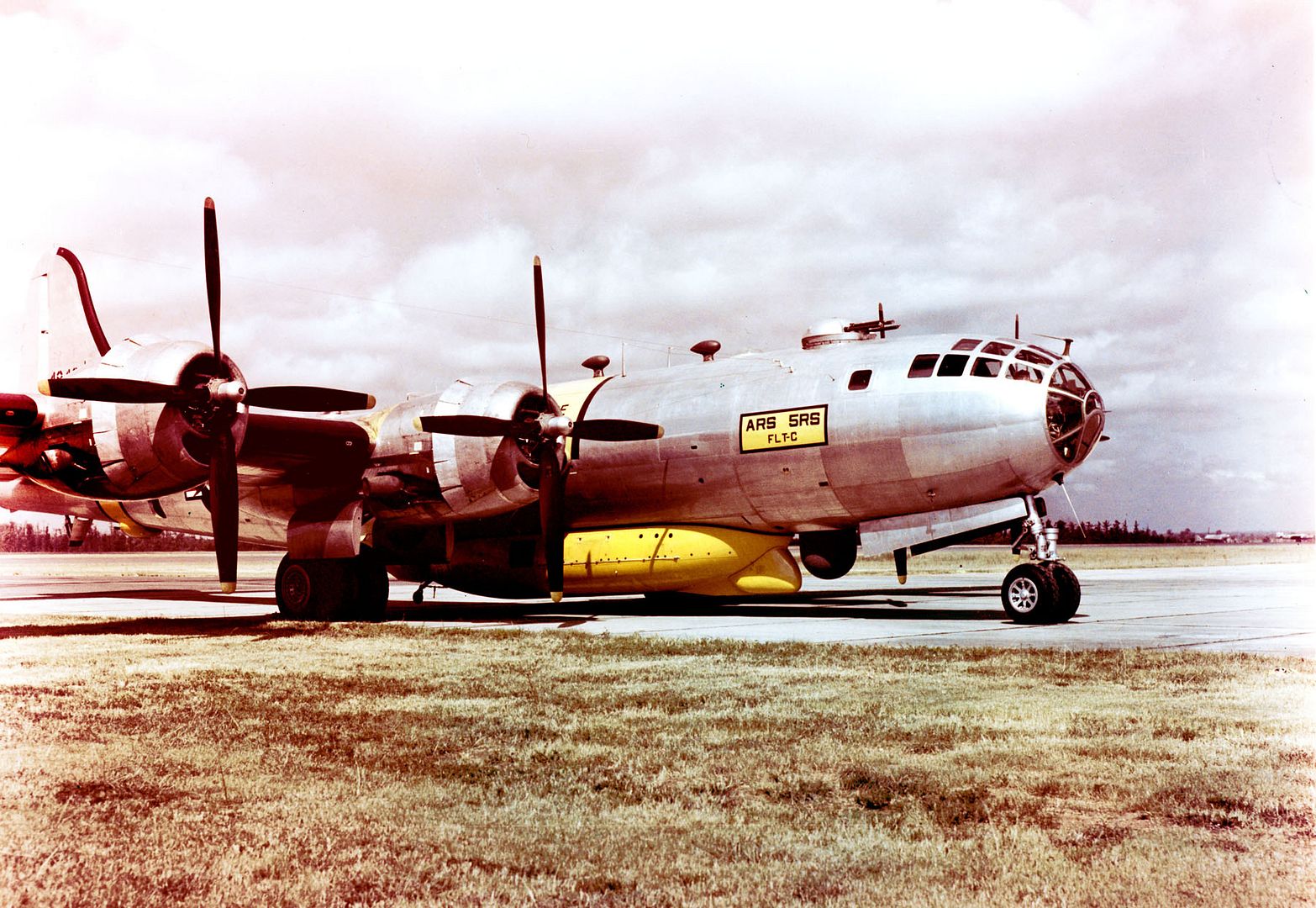
Below the A-3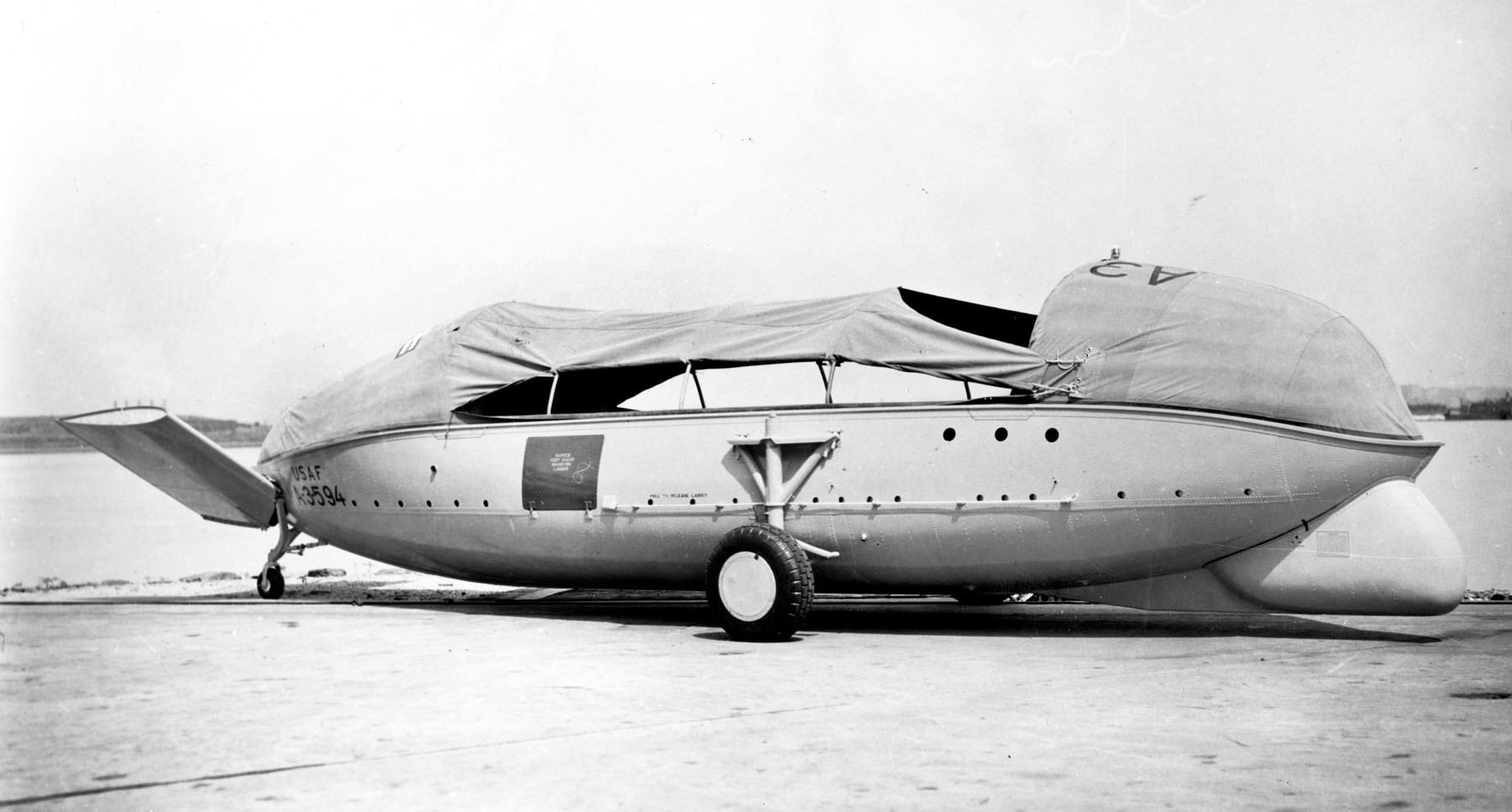
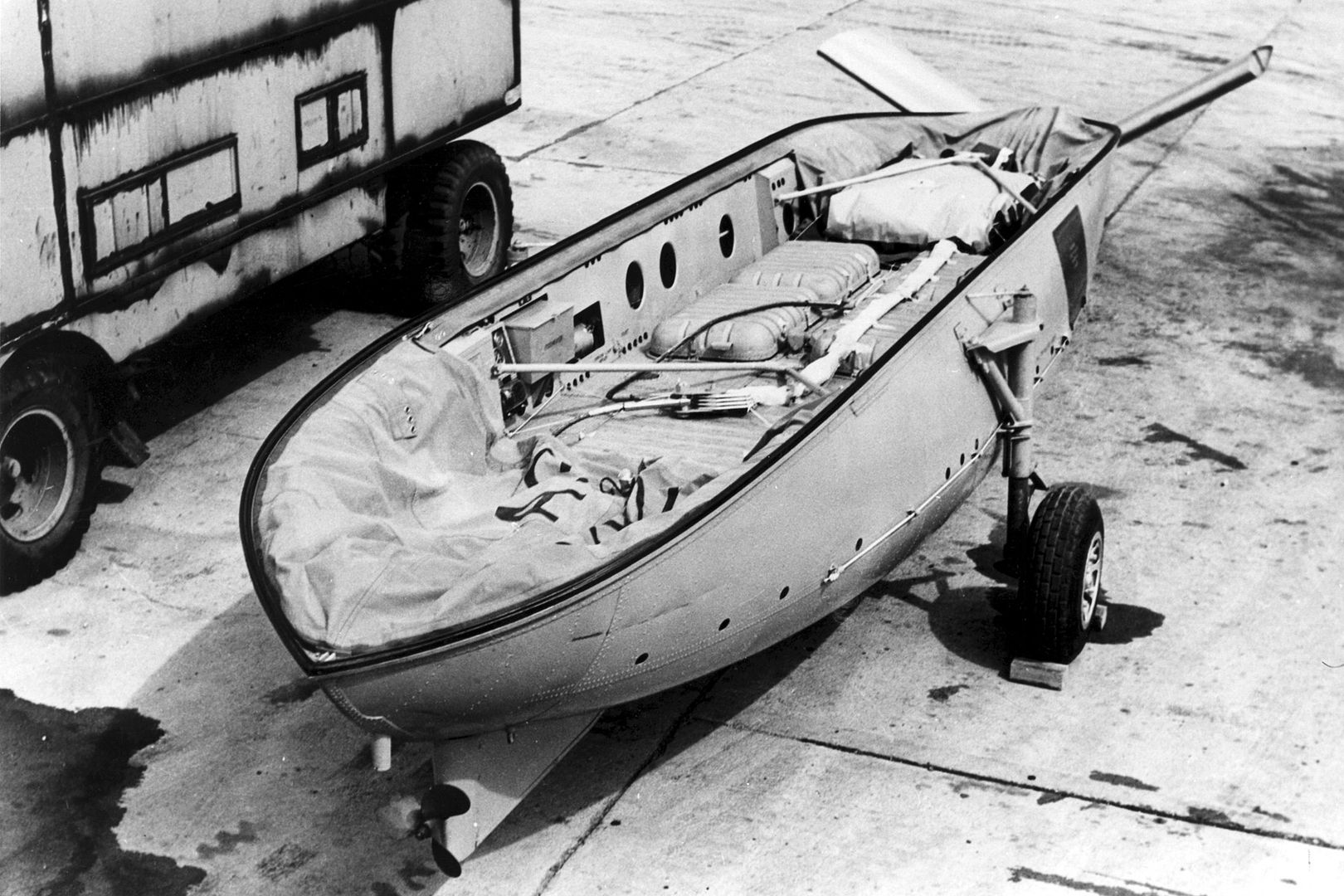
Below the drop
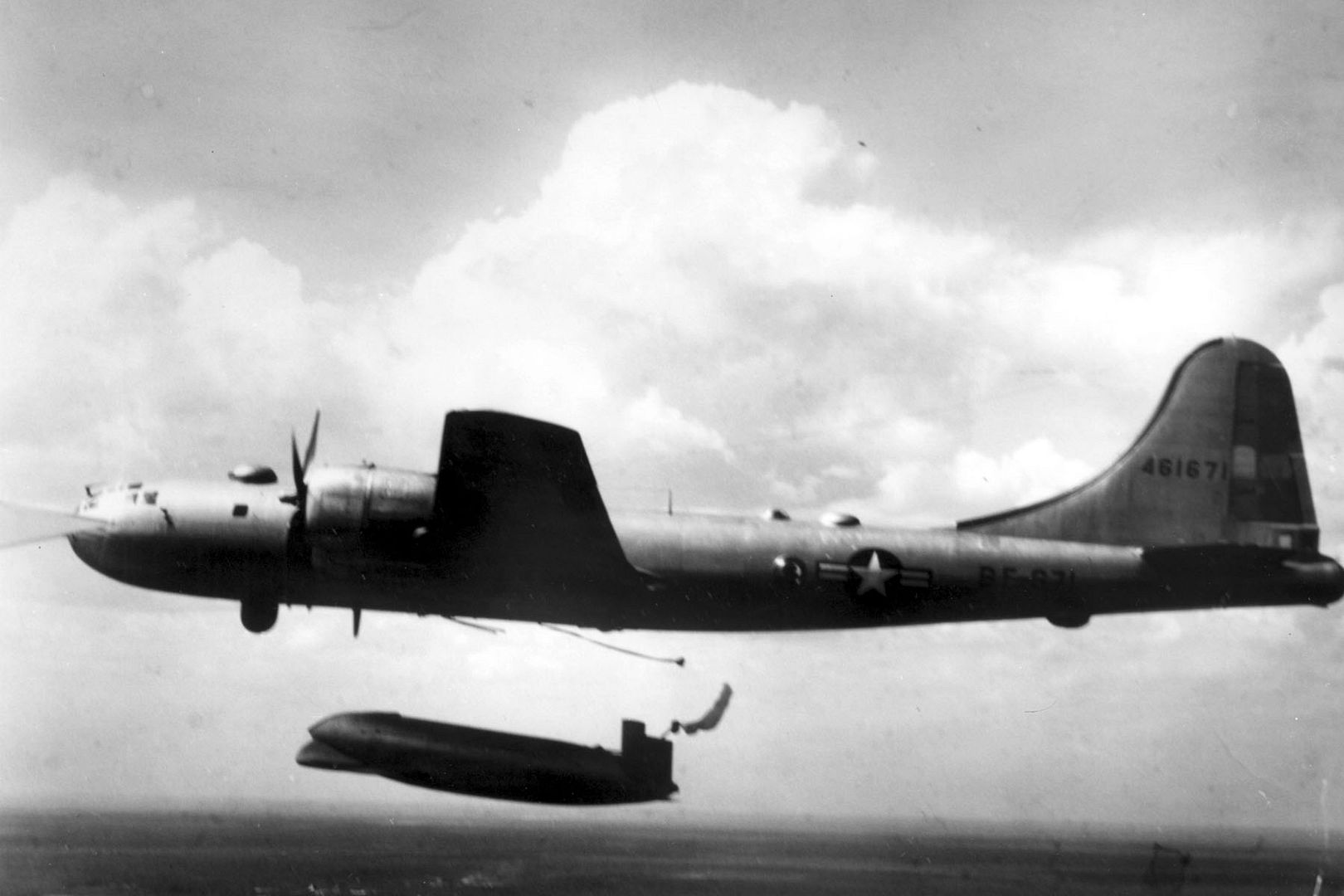
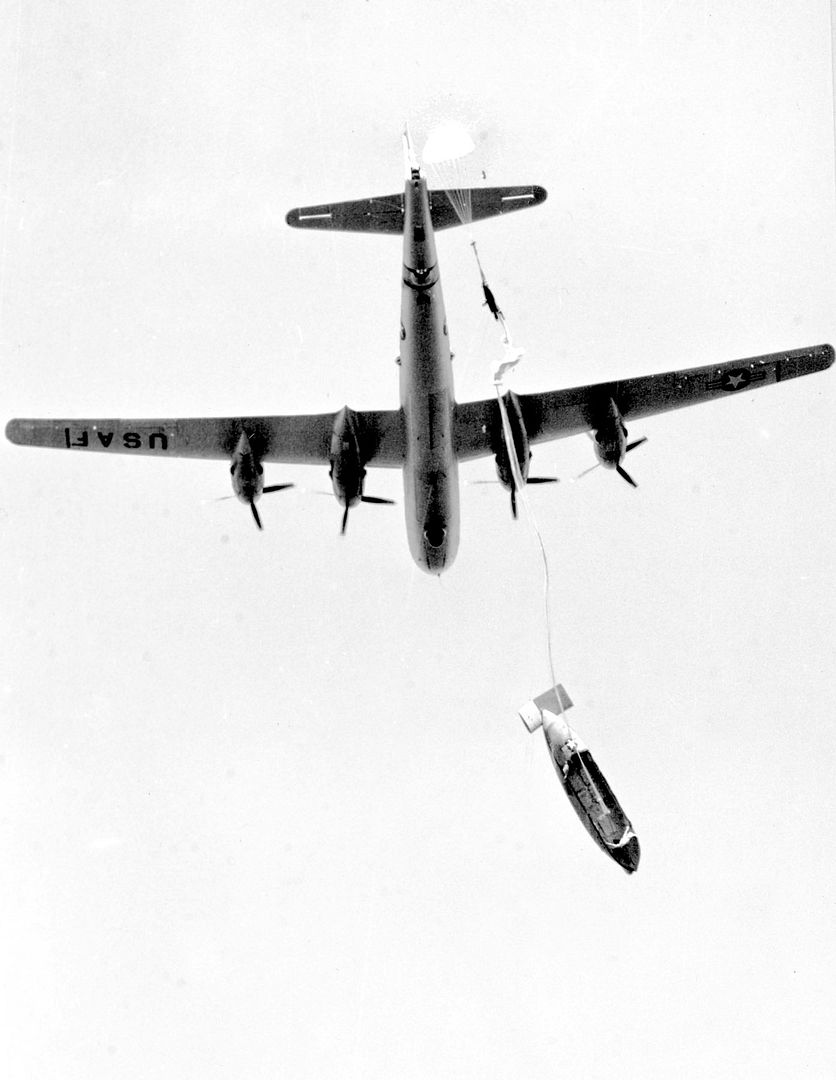
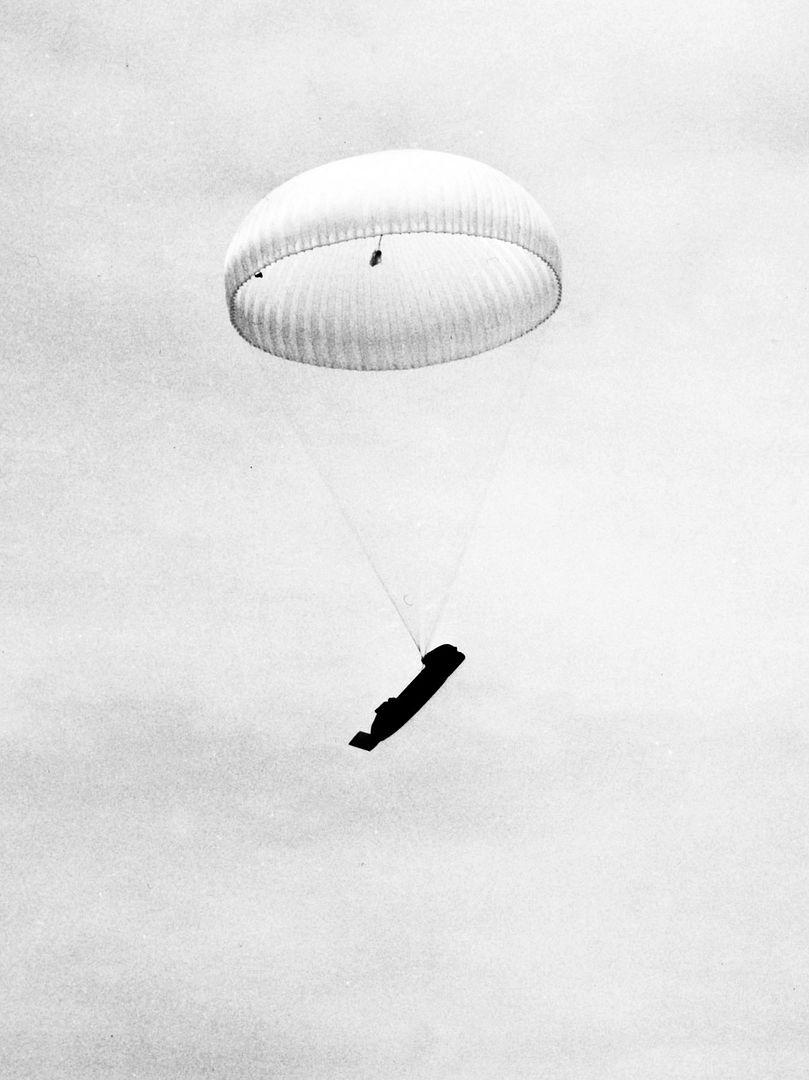

-
10 years ago
 Main Admin
Main Admin -
10 years agoFri Nov 13 2015, 04:15pm
 Main Admin
Main Admin -
10 years ago
 Main Admin
Main Admin
Post a reply
- Go to Next topic
- Go to Welcome
- Go to Introduce Yourself
- Go to General Discussion
- Go to Screenshots, Images and Videos
- Go to Off topic
- Go to Works in Progress
- Go to Skinning Tips / Tutorials
- Go to Skin Requests
- Go to IJAAF Library
- Go to Luftwaffe Library
- Go to RAF Library
- Go to USAAF / USN Library
- Go to Misc Library
- Go to The Ops Room
- Go to Made in Germany
- Go to Campaigns and Missions
- Go to Works in Progress
- Go to Juri's Air-Raid Shelter
- Go to Campaigns and Missions
- Go to Works in Progress
- Go to Skinpacks
- Go to External Projects Discussion
- Go to Books & Resources


